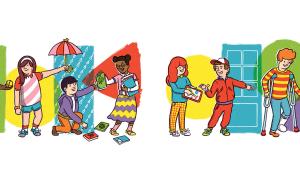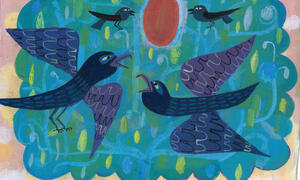article
Toolkit for “Michael's Diary”
This toolkit accompanies the story corner “Michael's Diary” and provides classroom resources for making student journals, as well as prompts that encourage students at all grade levels to express who they are through writing.


